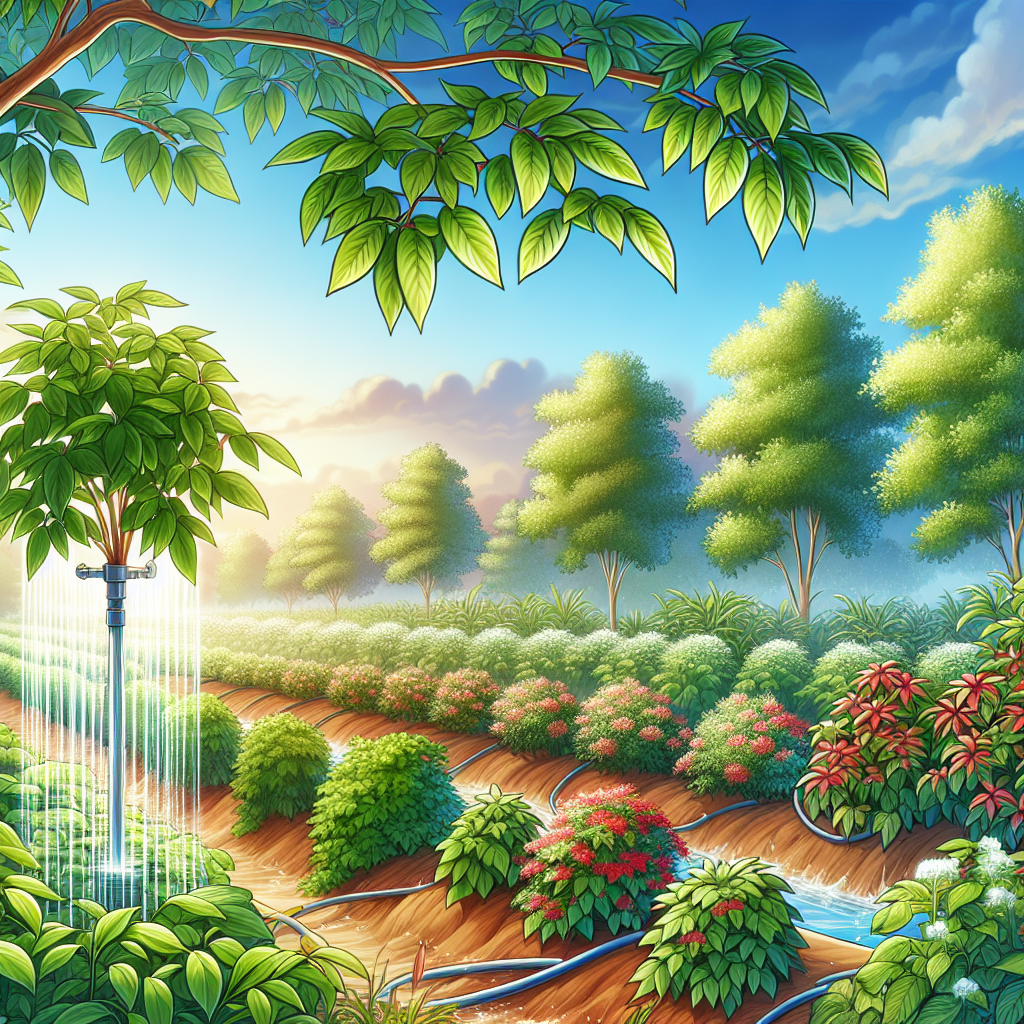Introduction
Plant health is crucial for the growth and development of crops, whether in agricultural fields or home gardens. One of the key factors that contribute to plant health is water management. Adequate water supply is essential for plants to carry out photosynthesis, uptake nutrients, and grow properly. However, over-watering or under-watering can lead to water stress, nutrient deficiencies, and ultimately poor plant health.
One method that can help enhance plant health is slow drip irrigation. This article will explore how slow drip irrigation works, its benefits for plant health, and some tips for implementing it effectively.
How Slow Drip Irrigation Works
Slow drip irrigation is a method of watering plants by delivering a slow and steady supply of water directly to the root zone. Unlike traditional methods like overhead sprinklers or flood irrigation, which can lead to wastage of water through evaporation or run-off, slow drip irrigation delivers water efficiently and directly where it is needed most.
There are various types of slow drip irrigation systems available in the market, including drip tape, soaker hoses, and emitters. These systems are connected to a water source like a hose or irrigation system and can be set on timers to deliver water at regular intervals.
Benefits of Slow Drip Irrigation for Plant Health
1. Water Efficiency: Slow drip irrigation delivers water directly to the root zone, minimizing wastage through evaporation or run-off. This ensures that plants receive an adequate supply of water without over-watering.
2. Nutrient Uptake: By delivering water directly to the root zone, slow drip irrigation helps plants absorb nutrients more efficiently. This can lead to healthier growth and development.
3. Reduced Disease Risk: Overhead watering methods like sprinklers can increase the risk of fungal diseases by creating wet conditions on leaves. Slow drip irrigation reduces this risk by keeping foliage dry.
4. Weed Control: By delivering water only to the root zone of plants, slow drip irrigation helps suppress weed growth by depriving them of moisture.
5. Environmental Benefits: Slow drip irrigation reduces water usage and conserves resources compared to traditional watering methods like overhead sprinklers or flood irrigation.
Tips for Implementing Slow Drip Irrigation Effectively
1. Design your system based on the specific needs of your plants: Consider factors like soil type, plant type, and climate when designing your slow drip irrigation system.
2. Monitor soil moisture regularly: Check the moisture levels in the soil around your plants regularly to ensure they are getting enough water without being over-watered.
3. Adjust watering schedules as needed: Depending on factors like weather conditions and plant growth stage, you may need to adjust your watering schedule accordingly.
4. Mulch around plants: Mulch helps retain moisture in the soil around plants and reduces evaporation, making your slow drip irrigation system more efficient.
5. Regular maintenance: Keep an eye on your slow drip irrigation system regularly for leaks or clogs that could affect its performance.
Conclusion
Enhancing plant health with slow drip irrigation is a sustainable and efficient way to ensure your crops or garden thrive while conserving resources like water. By delivering a steady supply of water directly to the root zone, this method promotes healthy growth and development in plants while reducing risks like disease and weed infestations.
Implementing a well-designed slow drip irrigation system based on the specific needs of your plants can lead to improved yields, healthier crops, and a more sustainable approach to gardening or farming practices. Give it a try in your garden or fields today and see the benefits firsthand!













